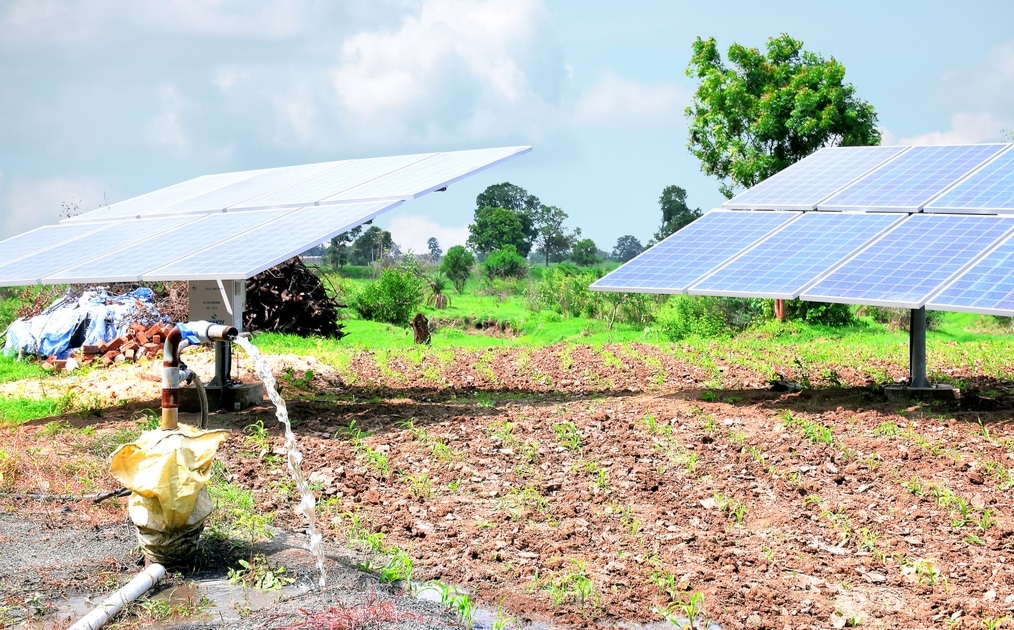Adjumani, (UG):- As Uganda explores avenues for economic growth and diversification, fish farming, or aquaculture, continues to emerge as a highly promising sector. With the country’s vast water resources covering 18% of the surface area, favourable climate, and increasing domestic and international demand for fish, Uganda offers a compelling investment opportunity in fish farming.
Over the past decade, fish farming in Uganda has seen substantial growth. With arguably one of the largest markets in Northern Uganda, the estimated 340 fresh fish traders in Adjumani District on average sell 1,354 tonnes of fish each year, 113 tonnes per month and 28 tonnes per week. Fresh fish farmers in Adjumani source their fish mainly from the lake and river (Albert Nile) and middlemen.
The value of the fresh fish market in Adjumani is estimated at about shs 7.1 billion ($1,936,789) with: an average price per kg at shs 5,241/= ($1.43), revenue per week at shs 147,877,950/= ($40,350), and revenue per month at shs 591,580,230/= ($161,399). Unfortunately, even with this seemingly vibrant business, 59% of the fresh fish produced is not exported. Traders mainly sell to the domestic market where households are the main customers. Only 41% is exported to DRC and South Sudan.
A 2023 study conducted by Ayuda en Accion, an NGO, reveals that only a third of fish traders in Adjumani use a fridge/freezer (powered by electricity) for storage and preservation; a move that is further frustrated by unstable power supply until recently when West Nile was connected to the national grid.
Solar energy thus provides an alternative. If the traders are to opt for solar-powered fridges, they would have to part with a weekly instalment payment of shs 29,320/= ($8) on a pay-as-you-go down payment of shs 348,152/= ($95) against an average weekly income of shs 542,366/= ($148).
Fish farmers can afford solar fridges on a pay-go model as the weekly loan service fee of shs 29,320/= ($8) is just 5.5% of their weekly revenues. But solar-powered technologies could even offer more opportunities to increase income by reducing post-harvest losses that are estimated to be between 5% – 10%.
Solar-powered technologies would favour both storage of fresh fish, and drying of fish for exportation. Only 30% of traders use the fridge for storage as most traders prefer other storage methods like drying (3%), cover with polythene (6%), open-air (9%), ice (12%), smoke (21%), and freshwater (18%).
Due to the usage of traditional methods, the Adjumani market can’t satisfy the high export demand for smoked fish, especially catfish to the Democratic Republic of Congo and South Sudan. Up to, 98% of dried fish is sold locally. To exploit this big export opportunity, there is thus a need for innovative renewable energy solutions like solar dryers.
With the sale of 41 tonnes per week, 166 per month and 1987 tonnes annually, there is a high market size and value for dried fish. The current modes of drying like smoking by charcoal (37%), salted sun drying (42%) and smoking by firewood (21%) used by traders can’t sustain the big export market. With solar dryers, it would take less than roughly 24 hours to smoke fish and even reduce further the costs of between shs 5,000/= to shs 10,000/= of the finished product.
However, beyond the East African borders, the aquaculture sector can even be more ambitious. With the right infrastructure and quality standards, Ugandan fish can access lucrative international markets with the European Union, United States, and regional markets presenting export opportunities, and thus contributing to foreign exchange earnings.
But a quality finished product that can compete on an international market starts with caution and creativity right from the point of production. As fish farmers set out to cast their nets far and wide, they need to start embracing solar lanterns could help avert challenges posed by kerosene lanterns which can be both expensive and dangerous thus increasing incomes by saving fuel expenses.
These enterprises represent a clear opportunity for the deployment of either community mini-grids or standalone solar systems. However, access to energy in general let alone renewable energy in Uganda is still low. Only 38% of Ugandans have access to some form of electricity.
Although solar energy has picked up lately, it stands at a mere 8%. Despite this, it is promising that of the 400 off-grid solar companies in Uganda, 55% serve the aquaculture sector through technologies for lighting, refrigerators and solar water pumps.
Until Uganda’s agriculture and aquaculture sectors are modernized with sustainably powered technologies, the country risks missing its development targets of reducing poverty, boosting prosperity, and creating jobs, especially for women and youth.
Apart from being the 7th highest inland fishery production in the world: the aquaculture sector in Uganda supports the livelihoods of over 5.3 million people and directly employs over 1.2 million people.
Do you have a story or an opinion to share? Email us on: [email protected] Or join the Daily Express WhatsApp channel for all the latest news and trends or join the Telegram Channel for the latest updates.


